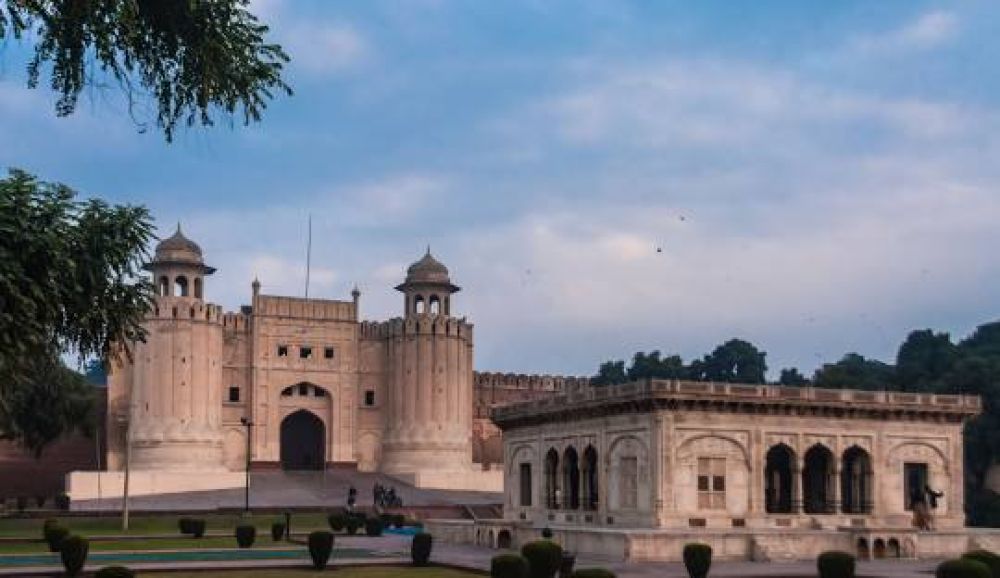

The Lahore Fort, also known as Shahi Qila, is an emblematic testament to the rich history of Lahore, a city that has been a cultural and historical hub in the heart of Pakistan. This UNESCO World Heritage Site has long been a central part of Lahore's tourism draw, revealing the splendor of the Mughal, Sikh, and British eras through its architecture and storied past.
The fort's history spans back over a millennium, with its origins said to date as far back as antiquity, though the existing structure has been traced to the 16th century during the reign of Mughal Emperor Akbar. Attractions like the Sheesh Mahal (Palace of Mirrors), and the Naulakha Pavilion have long captivated visitors with their intricate details and fascinating history. As geopolitical situations stabilized in Pakistan, the latter part of the 20th century saw a gradual increase in both local and international tourism to historic sites such as the Lahore Fort.
With the fort's inclusion in the UNESCO World Heritage list in 1981, global recognition of Lahore's heritage brought a consistent influx of tourists. The government and local organizations have invested in the preservation and promotion of the fort, understanding its cultural significance and potential for tourism development. In recent years, the site has seen improvements in infrastructure and visitor services, further boosting its appeal to tourists.
More recently, tourism at the Lahore Fort has been influenced by trends that reflect a global shift in traveler preferences. Visitors are increasingly looking for immersive, cultural experiences that allow them to understand the history and people of a destination. To cater to this, guided heritage walks, cultural performances, and sound-and-light shows have become more common at the Lahore Fort, providing a dynamic way to experience the site's splendor.
Another significant trend is the use of technology in enhancing the visitor experience. Augmented reality (AR) and virtual reality (VR) are being implemented to bring the fort's history to life, allowing tourists to envision Lahore during different periods of its vivid past. Additionally, social media has played a crucial role in highlighting the beauty of Lahore Fort, with travelers sharing their experiences widely, which in turn fuels interest and draws new visitors.
The emphasis on sustainable tourism practices is also evident. There is a conscious effort to maintain the delicate balance between facilitating tourism and preserving the fort's integrity. Efforts to reduce the environmental footprint of tourism activities, promote local culture, and support the surrounding local communities are part of the fort's tourism initiatives.
In conclusion, the Lahore Fort stands as a proud reflection of Lahore's historical significance and cultural richness. The evolution of tourism at this site continues to adapt to global trends while maintaining the respect and preservation it deserves. For visitors seeking to delve into the historical depths of Pakistan, the Lahore Fort remains an essential and ever-enchanting destination.